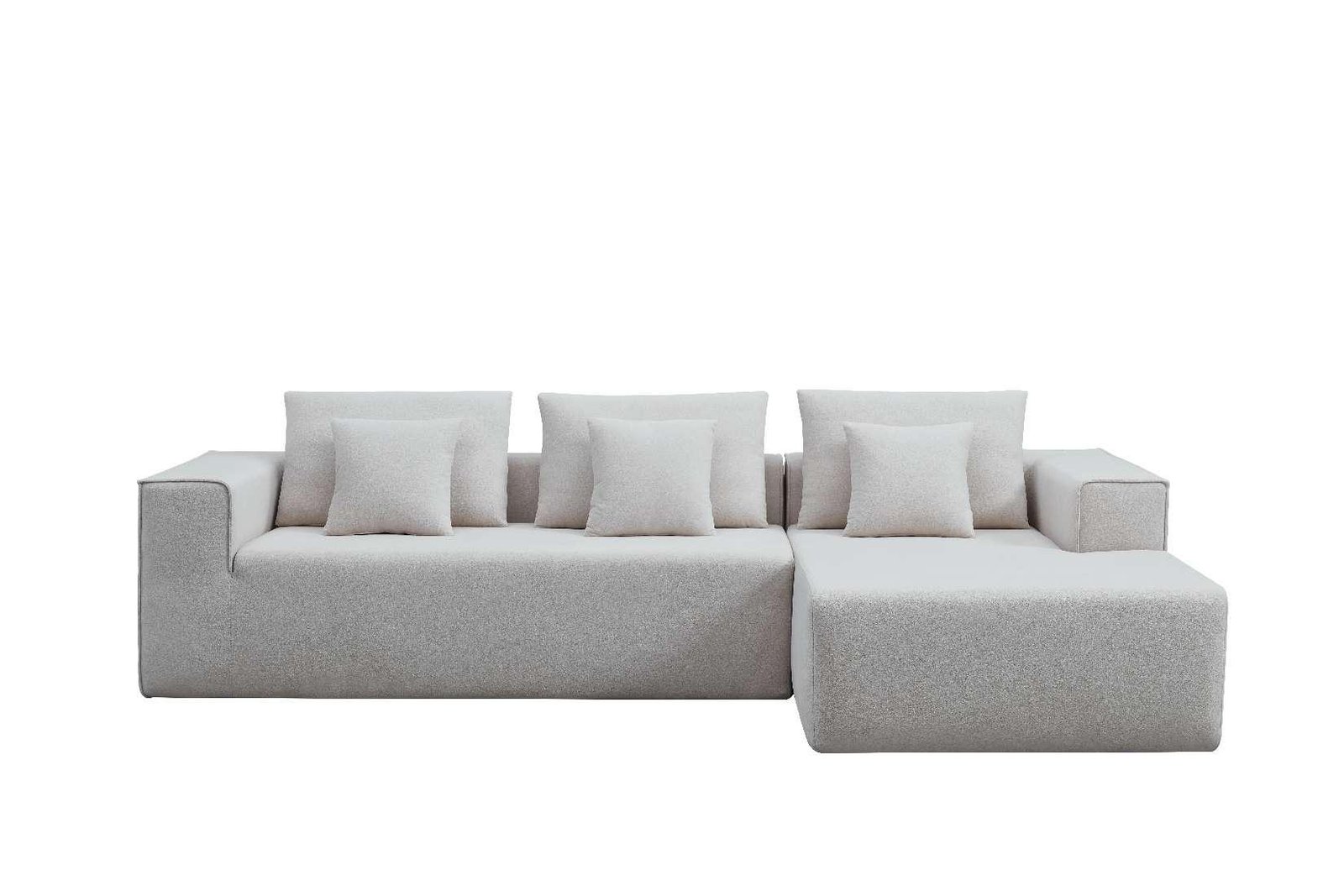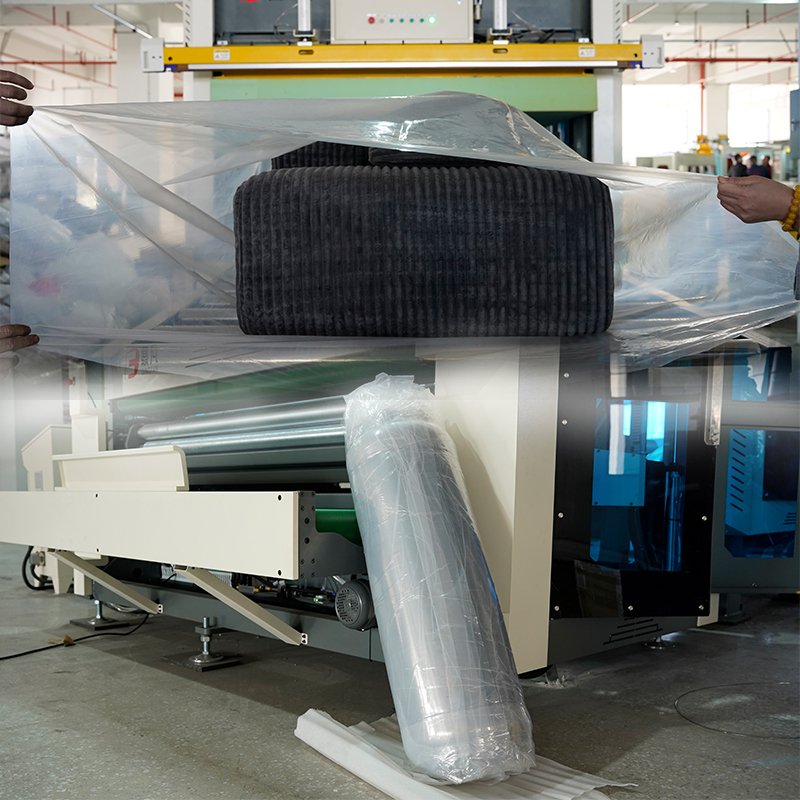
When choosing a sofa, comfort and style are often top priorities, but posture support1 is just as important. Many people wonder if compressed sofas2, which are lightweight and made with high-density foam3, provide the necessary support for maintaining good posture. Let’s explore whether compressed sofas can help you sit comfortably while keeping your spine aligned4.
How Does a Sofa Affect Posture?

A well-designed sofa should support the natural curves of the spine5, preventing slouching and reducing pressure on the lower back6. The key factors influencing posture on a sofa include:
- Seat firmness:7 A sofa that is too soft can cause the body to sink, leading to poor spinal alignment.
- Backrest support:8 A well-structured backrest should provide lumbar support to keep the lower back properly positioned.
- Cushion resilience:9 High-quality foam should retain its shape, preventing sagging over time.
- Seat depth:10 A proper seat depth allows you to sit with your feet flat on the ground without slouching.
So, how do compressed sofas measure up against these factors?
Do Compressed Sofas Provide Enough Back Support?

Compressed sofas, typically made of high-density foam11, provide a medium-firm seating experience that supports the lower back better than overly soft couches. Unlike traditional sofas with spring-based seating, compressed sofas rely entirely on foam12 construction to distribute weight evenly.
Benefits of High-Density Foam for Posture:
- Better weight distribution: Prevents pressure points and supports spinal alignment.
- Consistent firmness: Maintains structure longer, avoiding sagging.
- Adaptive comfort: Conforms to body shape while still providing resistance.
However, some compressed sofas may lack built-in lumbar support, meaning users might need additional cushions for proper spinal alignment.
Can Compressed Sofas Prevent Slouching?

Slouching happens when a sofa is too deep, too soft, or lacks sufficient support. Compressed sofas tend to have a firmer seat, which helps prevent the "sink-in" effect that leads to poor posture. However, not all models offer adjustable support, which means users might need to modify their sitting positions.
How to Improve Posture While Using a Compressed Sofa:
- Use lumbar pillows to support the lower back.
- Sit with feet flat on the floor to avoid overextending the spine.
- Adjust seating positions to ensure proper weight distribution.
- Choose a model with an ergonomic design, if possible.
Comparing Compressed Sofas to Traditional Sofas
| Feature | Compressed Sofas | Traditional Sofas |
|---|---|---|
| Support | Medium-firm, foam-based13 | Varies (spring, foam, hybrid) |
| Posture Control | Helps prevent slouching14 | Can cause sinking if too soft |
| Durability | Resists sagging longer15 | Springs may lose tension |
| Weight & Portability | Lightweight, easy to move16 | Heavier, harder to adjust |
Who Should Choose a Compressed Sofa for Posture Support?

✅ Best for:
- People who prefer a firm seating experience17.
- Those needing even weight distribution for better posture.
- Individuals in small spaces who want a compact, supportive option.
- Users looking for low-maintenance furniture that retains shape.
❌ Not ideal for:
- Those who prefer deep, plush sofas for lounging.
- Individuals needing built-in lumbar support without additional cushions.
- People who sit for extended hours without changing positions.
Conclusion
Compressed sofas can support proper posture if they have the right firmness and structure. Their high-density foam prevents excessive sinking and maintains spinal alignment better than overly soft sofas. However, to maximize comfort and support, users may need to add lumbar pillows or choose models with adjustable back support. If you’re looking for a space-saving, posture-friendly seating option, a well-structured compressed sofa could be the perfect choice!
Looking for a compressed sofa that balances comfort and posture support? Check out our collection at HSM Compress Sofa and find the best fit for your home!
-
Learn how a well-designed sofa can improve spinal health. ↩
-
Understand how compressed sofas are made and their benefits. ↩
-
Discover why high-density foam is better for support and durability. ↩
-
Get tips on maintaining good posture while sitting. ↩
-
Learn how different sofa designs affect posture. ↩
-
Explore the best sofa designs for lumbar support. ↩
-
Understand how firmness levels affect spinal support. ↩
-
Learn why lumbar support is crucial for back health. ↩
-
Find out what makes a durable, supportive sofa cushion. ↩
-
Discover how seat depth affects sitting posture. ↩
-
Learn how high-density foam supports the spine. ↩
-
Compare foam-based sofas with traditional spring designs. ↩
-
Find out which firmness level suits your posture needs. ↩
-
Understand why firmer seating is better for posture. ↩
-
Learn about the durability of compressed sofas. ↩
-
Discover the benefits of compact and portable sofas. ↩
-
Compare different sofa types for back support. ↩